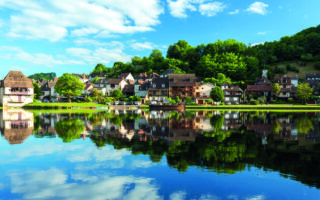Step By Step Guide: Your Non-Collective Sewage Treatment Project in France
Essential Reading
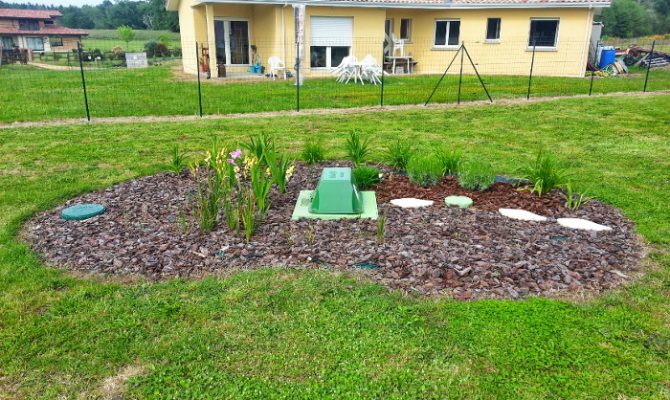
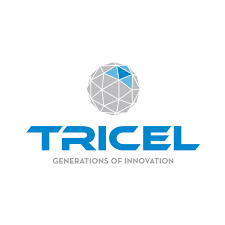
If you’re a French property owner and need to install a non-collective sewage treatment system at your home, there are several legal criteria you must meet, as well as various systems available. This guide will talk you through what you need to know and introduce you to Tricel’s Non-Collective sewage treatment systems.
1. What is Non-Collective Sewage Treatment (ANC)?
There are two types of wastewater treatment systems in France: the public sewer system (depending on your community) and the individual system. Those belonging to the second category, about 5 million French people, must finance the treatment of their sewage treatment solution themselves. As a citizen, it is your duty to protect public health, follow the environmental measures in place and, above all, to maintain the system you choose to install.
If you already have a conventional septic tank, you may be wondering why you should suddenly pay attention to it when it has been working for years. Well, it is simply a matter of compliance with the law and pollution control. SPANC (Public Service for Non-Collective Sewage treatment) inspections must be carried out at least every 10 years and if the SPANC declares your system as non-compliant, you will have four years to bring it up to standard.
Your responsibilities when you depend on the Public Service of Non-Collective Sewage treatment
According to the SPANC website, all ANC users must respect the following list of obligations:
- Equip your home with a non-collective sanitation system.
- Ensure its maintenance and have it emptied periodically by an approved person.
- Take care of bringing your installation up to standards once it has been advised by the SPANC within a period of 4 years.
- Pay the fee for the SPANC inspection and, if necessary, the maintenance.
- When selling the property, annex the notarial deed issued after the SPANC inspection.
Fines are applicable for those who don’t follow the above regulations.
2. What Are the Different Available Systems for Your Sewage Treatment Project?
When we talk about non-collective sanitation systems, we often refer to microstations and compact filters, two products that became emblematic at Tricel in the early 2010s.
When Tricel received ministerial approval for the Tricel Novo microstation in 2011, they set out to conquer a previously unseen market with one idea in mind: revolutionize the industry. In just a few years, Tricel has developed prototypes that meet your daily needs while remaining ready for change.
Their best-sellers are assembled in France, in their factories in Sorgues (84) et Naintré (86). Made in France is part of their DNA, along with countless other values that they hold dear. When the engineering teams worked on the development of their different sewage treatment systems, they made sure to remain faithful to the Tricel brand, but also to the promises made to customers and users: trust, quality, loyalty, humility and respect.
Tricel Novo Microstation
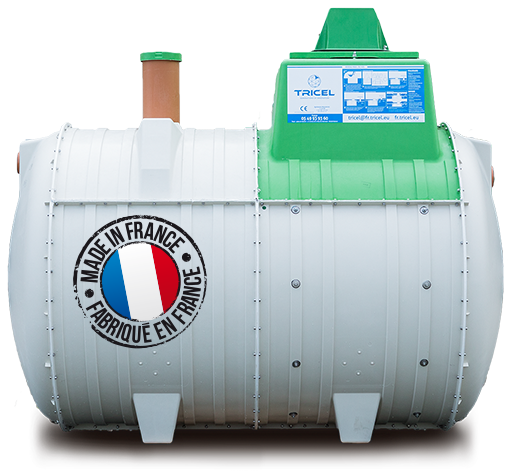
Launched in 2011, the Tricel Novo is an approved small wastewater treatment plant. It is renowned for its purification quality, as well as for its operating mode. If it had to be summed up in just three words, they would be “simple, robust and reliable” – three adjectives that set the tone. The treatment of the wastewater takes place after it has been collected. The magic happens within the single tank in a three-step process, through three purification zones, each of which is dependent on the other. The effluent is purified by anaerobic digestion, among other things.
Operation of the Tricel Novo Microstation
These plants use a simple, proven technology, consisting of three treatment zones. In each zone a different stage of the treatment occurs.
- Wastewater from the dwelling, toilets, sinks, shower etc.,enters the plant.
- Effluent enters the primary settlement chamber. Settlement occurs when the heavier solids drop out of the wastewater and settle to the bottom of the tank to create sludge, and the lighter solids float to the top of the water to create a scum. The top layer acts as a sealant stops odours escaping. This chamber separates up to 70% of the solids present.
- Next is the aeration chamber, where masses of naturally occurring bacteria inhabit specially designed plastic filter media. The bacteria feed on the waste removing it from the liquid. A continues supply of air from a low pressure, high volume compressor in the top section of the unit sustains these bacteria. Wastewater passes through the filter media over and over, ensuring a very high treatment efficiency.
- The liquid then proceeds to the final settlement chamber. Any remaining minute bacterial particles separate from the liquid within this chamber before discharge from the plant. This process slows the liquid’s velocity, allowing for any final trace impurities to settle to the bottom of the tank section. A sludge return system then returns these impurities back to the primary settlement chamber.
- The remaining treated liquid now meets the required standard and is safely passed out of the Tricel Novo plant system. This treated effluent is now ready for discharge to a suitably designed discharge area as required by the relevant local authority.

Single Tank Tricel Seta Simplex Compact Filter from 0 to 9 PE:
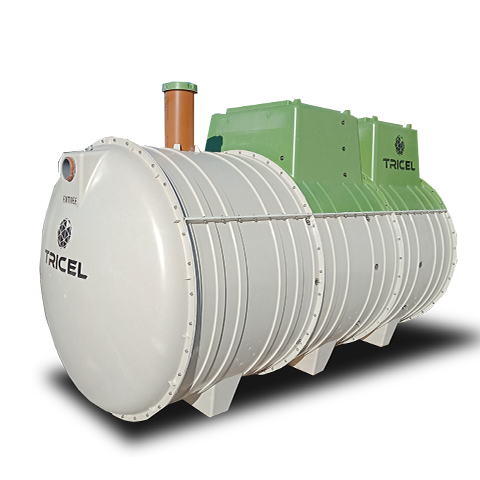
The Tricel Seta Simplex works for both primary and secondary residences, and both domestic and commercial uses (restaurants, hotels and premises). It is a single tank with two compartments: a septic tank, for primary treatment of wastewater; and a filter bed, for secondary treatment.
Operation of the Seta Simplex Compact Filter
1st phase: Primary treatment: Primary treatment takes place in the Primary Settlement compartment, where the wastewater from sinks, showers, toilets enters… The Primary Settlement compartment slows the effluent’s velocity, allowing solids and heavy sludge to settle at the bottom of the tank, while lighter substances (fats) float to the top of the tank to create a scum. The prefilter fixed at the end of the Primary Settlement compartment prevents solids/scum passing through to the Filter bed compartment. Anaerobic bacteria, naturally present in the effluent, develop in the Primary Compartment and liquefy sludge and solids by digesting the organic components they contain.
2nd phase: Secondary treatment: The pre-treated effluent then proceeds to the filter bed. The primary treated effluent is then evenly dispersed by a bespoke dispersion system ensuring the equal distribution of effluent over the entire filter bed, thus guaranteeing the optimum treatment of the wastewater.
Tricel Seta Simplex compact filter technology is made of coconut fibre (“coir”), which serves both as a filtering medium and bacterial support. Coconut fibre is a generic term for the natural plant fibre which, made of fibrous mesocarp, surrounds and protects the coconut. These fibres are lignin-rich, which gives them great rigidity, makes them resistant to water and gives them excellent resistance to decomposition – resulting in a long lifespan. As the effluent passes down through the coconut fibres, it undergoes two types of secondary treatment:
• physical filtration thanks to the coconut fibre, and
• biological purification, mainly thanks to the aerobic bacterial flora that develops there naturally. Anaerobic bacteria also kill nitrates.
At the outlet of the compact filter, the wastewater has been treated in accordance with current legislation in force and may discharge to the sewer network.

Tricel Seta Compact Filter from 10 to 54 PE:
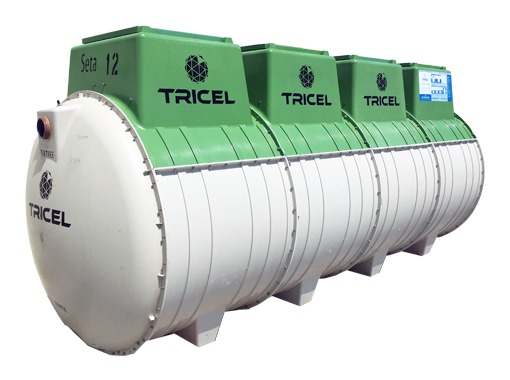
The Tricel Seta compact filter works in the same way as the Tricel Seta Simplex compact filter. The only real difference is that it is not a single tank. The septic tank is located outside the filter bed. It is also used for more ambitious projects, with a population equivalent of 10 to 54.

Share to: Facebook Twitter LinkedIn Email



